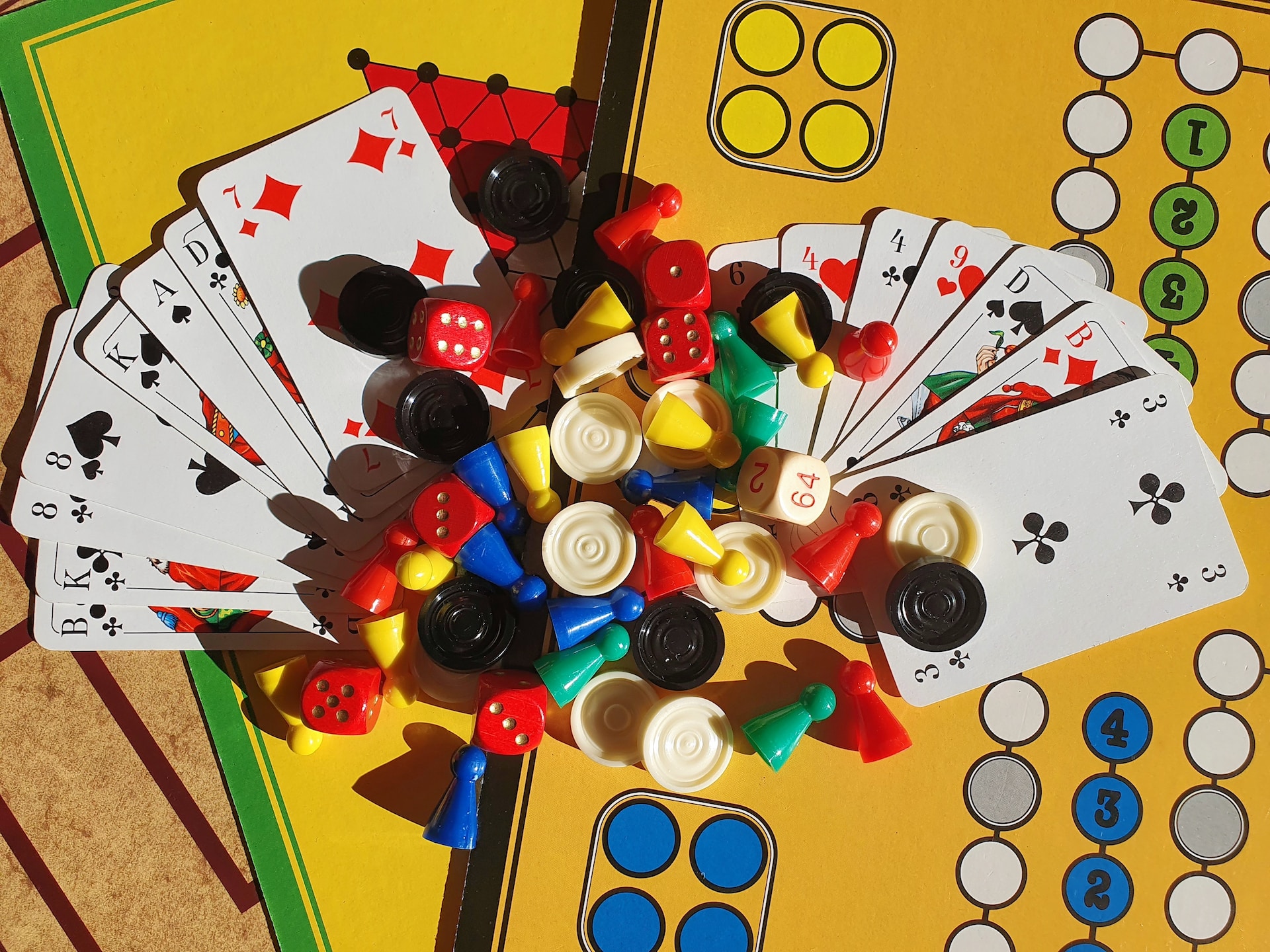With our culminating assessment of an effective, educational, and engaging game under our belts, we turned our attention to Game On’s “hook”. Similar to Understanding by Design’s (UbD) framework for essential questions (EQs), models for Project Based-Learning (PBL) often begin with a singular driving question. Both driving questions and EQs must focus on desired learning outcomes, remain open-ended, and provoke student exploration. A driving question is typically narrower and more topical than an EQ, and acts as a project’s “hook” to engage, challenge, and motivate students from day one.
For Game On! (check out Part 1 of the series), we began with the driving question: What makes a math game effective, fun, and engaging at different ages? We wrote our question in child-friendly language with key buzzwords such as fun and game to engage students from the get-go. Notably, the question involved much of the same language as our culminating assessment. Our driving question acted as a jumping-off point for creating an engaging hook activity to drive student investment in the project. But it did more than just hook. The question also transparently pointed students toward the end goal of their culminating assessment from day one.
The Hook: Before creating their own game, we wanted students to complete some research. And what’s more fun than playing games? In our curriculum, we broke students into small groups and allowed them to cooperatively select a game from a cornucopia of new and old games collected across the school. At this moment, we realized that containing the games to the subject of math would limit student learning and the project as a whole. We decided to open the project to multiple topics to allow students to look at a wider variety of educational games and consider the diverse needs of classrooms across our campus in a range of subject areas. Thus, thanks to the hook, our driving question evolved to: What makes a game effective, fun, and engaging at different ages? The driving question should always be a sounding board to return to, ensuring that the project reflects the original goal.
Merely playing games wasn’t enough. Guided by our driving question, we wanted students to go deeper — analyzing, reflecting upon, and reviewing them. Thus, part two of the hook became the “Unboxing Video.” We knew that the Youtube phenomenon of unboxing videos (children opening and assessing games online) was incredibly popular in our class. Thus, we utilized the hype surrounding them to spur excitement in the project. Each student group used their game to create their own unboxing video – analyzing the materials, instructions, and actual gameplay, culminating in an overall rating/review of the game. This short, five-minute video acted as a perfect “hook” to engage students and a precursor to the work they had ahead of them in creating the materials and instructions for a game that others would review and play. Following the unboxing videos, students played all the games themselves, and we facilitated multiple discussions on what made a game successful.
Now, with a beginning (hook) and end (culminating assessment), we were able to hone in on the middle of the unit: activities that would best engage students in the crucial PBL practices of collaboration, reflection, and public outcome. Our driving question and the culminating project continued to guide us as we developed the project milestones.
Project milestones serve as a rough schedule for the unit, reflecting significant stages within the project to check student understanding and measure progress. This was the moment that all our individual activity brainstorming came into play. We came up with six milestones and began to list lessons under them.
Milestone 1: The Hook: Unboxing day
Milestone 2: Game Day: Build a rubric and assess games
Milestone 3: Ding Dang Data: Collect data from teachers and build a prototype
Milestone 4: Game Master: Interview game experts
Milestone 5: Break-ery: Trial run prototypes, utilize feedback
Milestone 6: Game Jam: Showcase games and reflect on them
The milestones created a clear timeline that would guide how students would learn about games, collect data for their own prototype, build it, revise it, and, finally, present it. Now, it was time to fully flush them out with day-to-day activities, community engagement, and formative assessments. In my next post, I will dive deeper into milestones 4 and 6 to demonstrate how utilizing the community is a crucial element of Project Based Learning.



No responses yet